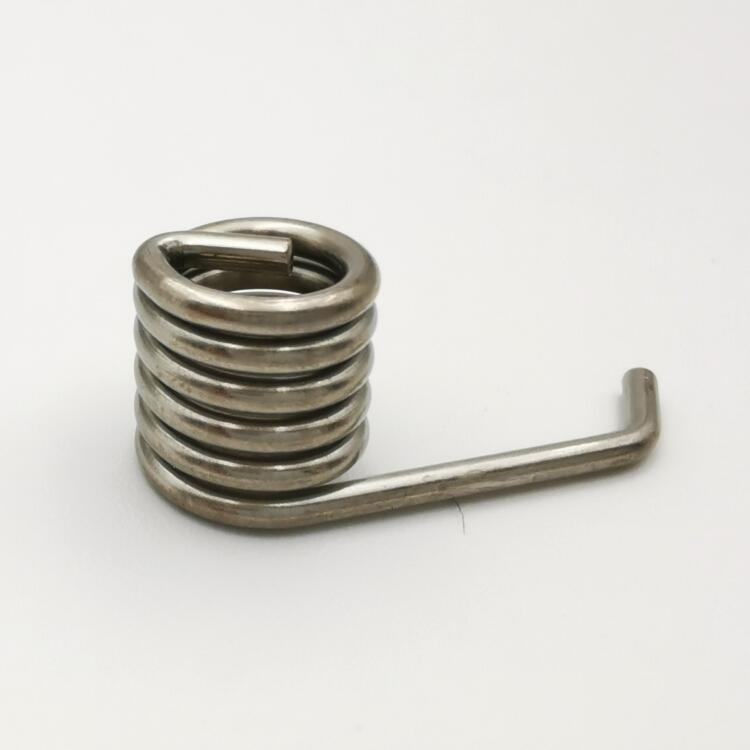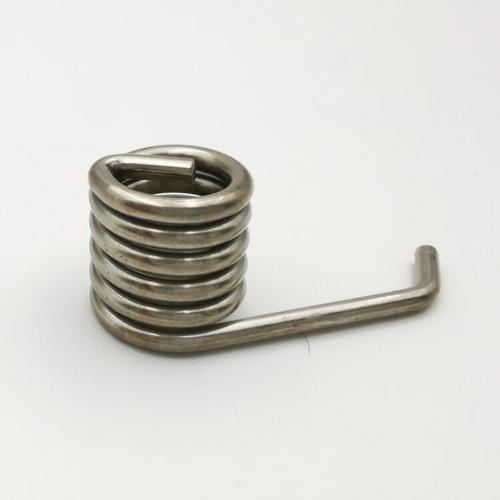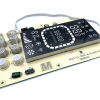
Mastering the Art of Winding Torsion Springs
In the world of mechanical engineering and manufacturing, torsion springs play a vital role. These springs are essential components that store and release rotational energy. From garage doors to industrial machinery, torsion springs are ubiquitous, and understanding how to wind them is crucial to ensure their optimal functionality. In this comprehensive guide, we will delve into the intricate process of winding torsion springs, providing you with a wealth of knowledge on the subject.
Understanding Torsion Springs
Before we dive into the winding process, it's essential to have a solid grasp of what torsion springs are and their significance. Torsion springs, also known as helical springs, are designed to resist torque or rotational force. They store mechanical energy when twisted and release it when the twist is released, making them ideal for various applications.
These springs are typically made from materials like steel, stainless steel, or even specialized alloys, depending on the intended application. Torsion springs come in various shapes and sizes, with the choice of design being influenced by factors such as the amount of torque required and the available space.
The Importance of Proper Winding
Winding torsion springs is a critical step in their manufacturing process. The proper winding ensures that the spring functions efficiently, reliably, and safely. To achieve this, manufacturers employ various winding techniques, with the choice depending on the specific requirements of the application.
Precision and Accuracy
When it comes to winding torsion springs, precision and accuracy are non-negotiable. Even the slightest deviation from the required specifications can result in performance issues or even safety hazards. Therefore, manufacturers use advanced machinery and tools to wind torsion springs with impeccable precision.
Tension and Stress
Torsion springs operate under tension and stress, which makes their winding process all the more crucial. Manufacturers must calculate the required tension and stress levels accurately, ensuring that the spring can withstand the forces it will encounter during its operational life.
Material Selection
The choice of material is another crucial aspect of winding torsion springs. The material's strength, corrosion resistance, and other properties must align with the spring's intended use. Manufacturers carefully consider the material to ensure longevity and reliability.
Winding Techniques
There are several techniques for winding torsion springs, and the selection depends on the specific application and performance requirements.
Single-Wound Springs
Single-wound springs are wound in only one direction. They are relatively simple to manufacture and are often used in applications with moderate torque requirements, such as garage doors.
Double-Wound Springs
Double-wound springs, as the name suggests, are wound in both directions. This design provides a higher level of torque and is commonly used in heavy-duty industrial applications.
Variable Pitch Springs
Variable pitch springs feature varying coil spacing along the body of the spring. This design allows for more flexibility in controlling torque and angular deflection, making them suitable for diverse applications.
Quality Control and Testing
Manufacturers place great importance on quality control and testing when winding torsion springs. Before a spring is considered ready for use, it undergoes a series of tests to ensure it meets the required specifications. These tests may include:
Torque Testing: Torque testing verifies that the spring can handle the specified torque without deforming or failing. It ensures that the spring will function reliably under operational conditions.
Fatigue Testing: Fatigue testing involves subjecting the spring to repeated cycles of torsion to assess its durability. This is crucial, especially in applications where the spring will undergo continuous use.
Dimensional Inspection: Dimensional inspection checks the spring's measurements and ensures it adheres to the design specifications. Any deviations from the required dimensions can lead to performance issues.
Conclusion
Mastering the art of winding torsion springs is a vital skill in the world of engineering and manufacturing. These essential components are found in a wide range of applications, from household items to heavy machinery. Make an investment in top-quality winding torsion springs, and manufacturers can ensure the reliability and safety of their products.







